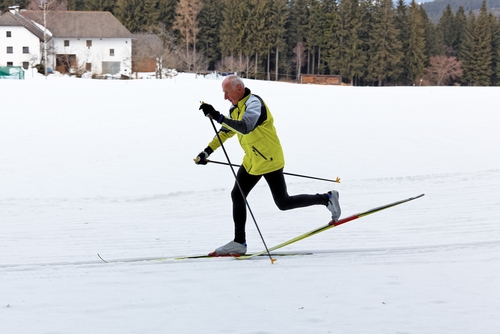By ACSM
How do you get people to do what’s good for them? Parents of young children may wrestle with getting them to eat vegetables or write thank-you cards for holiday gifts. (Some of us struggle with such things well into adulthood, hence our recurring New Year’s resolutions.) Motivating people of every age to be physically active is an ongoing challenge, despite the familiar and well-documented benefits.
Lifestyle modifications can be a tough nut to crack. As parents of toddlers and teens know, it’s important to consider how your message is conveyed, received and timed. There are no guarantees, as we humans are dazzlingly different from one another. Still, considering the mindset and predilections of those we talk to bumps up our chances of being heard and understood – and, ultimately, of persuading people to take action.
Research underlying the 2008 Physical Activity Guidelines for Americans shows that exercise is good for individuals of any age or physical condition. Older adults, though, have distinct reasons to stay active, and calls for a special focus on fitness for individuals ages 50 and up. Muscle mass tends to decline with age, and age-related balance problems can lead to falls. Also, exercise improves coginition and fends off chronic diseases – thus affecting “secondary aging.”

Mining the Data
So how do we encourage older adults to stay active?
Marketers know to bring tailored information to their target audiences? What they know about television viewer demographics leads to the placement of pick-up truck commercials during boxing matches and pharmaceutical ads during the nightly news. So to reach older adults, we need to think like marketers.
Consider the following from the 2010 Del Webb Baby Boomer Survey:
- More than half of all Boomers are more active than they were 15 years ago.
- The top reasons to exercise are to “optimize health,” “improve appearance,” “reduce stress,” and “improve self-confidence.”
- Boomers plan to retire later (age 67, say those turning 50) and continue working after retirement.
- Approximately 40 percent of Boomers have taken up a new hobby or activity in the last few years.
- 71 percent of younger Boomers and 60 percent of older Boomers participate in volunteer activities.

Other research tells us:
- Americans age 47 to 74 own the highest percentage of e-readers than any other age group (Pew Research Group)
- 57% of consumers age 55 and up prefer to bank online rather than in branches – a 20% increase between 2010 and 2011 (American Bankers Association)
- Older boomers and adults age 74%20 are catching up to other age groups in their use of social networking sites, growing 360% and 400%, respectively, between 2008 and 2010 (Pew Research Center)
Lessons Learned
These data suggest strategies for reaching Boomers and their elders with appropriate and persuasive messages about being physically active. Show them how they can maintain health, work longer and enjoy life. Reach them through hobbies and volunteer activities. Include social media and other online channels in the mix. Remember to segment the audience – don’t treat everyone born before 1965 as if they have the same interests, needs, and habits. The Internet, of course, is a bountiful resource for demographic data, and provides tips on marketing and communication.
Here’s to a year of better health for all!
What do your insights about Boomers and older adults suggest by way of strategies to encourage them to be more physically active? How best to reach various segments of this expansive demographic?